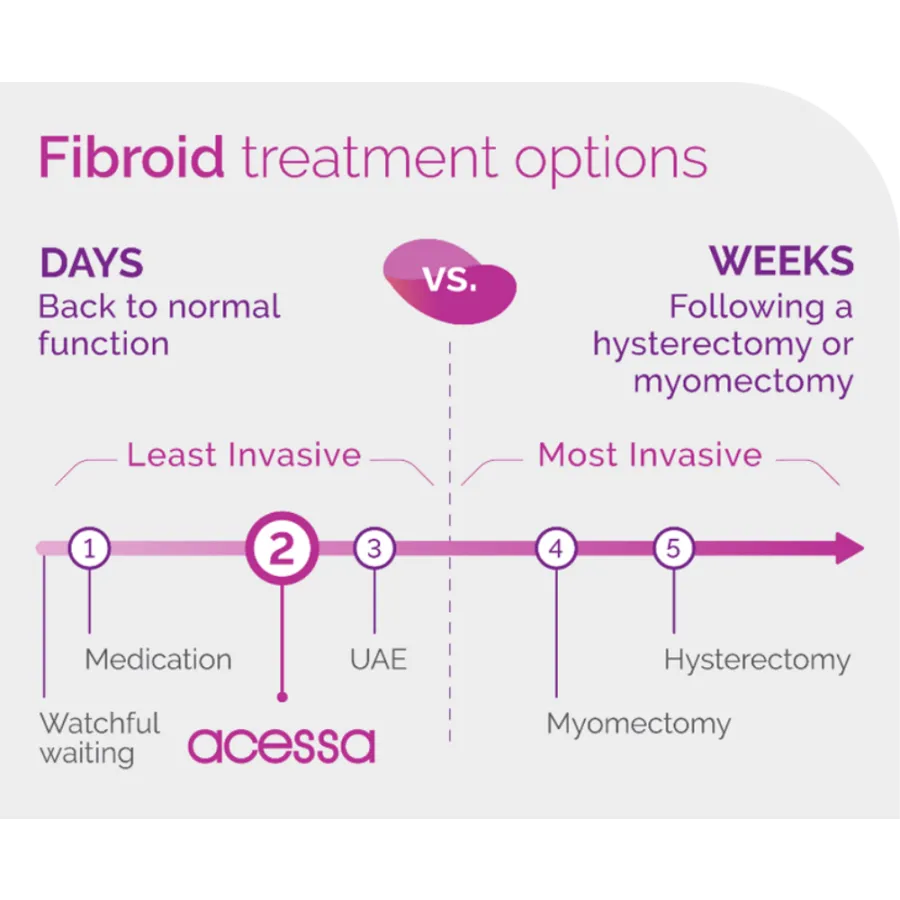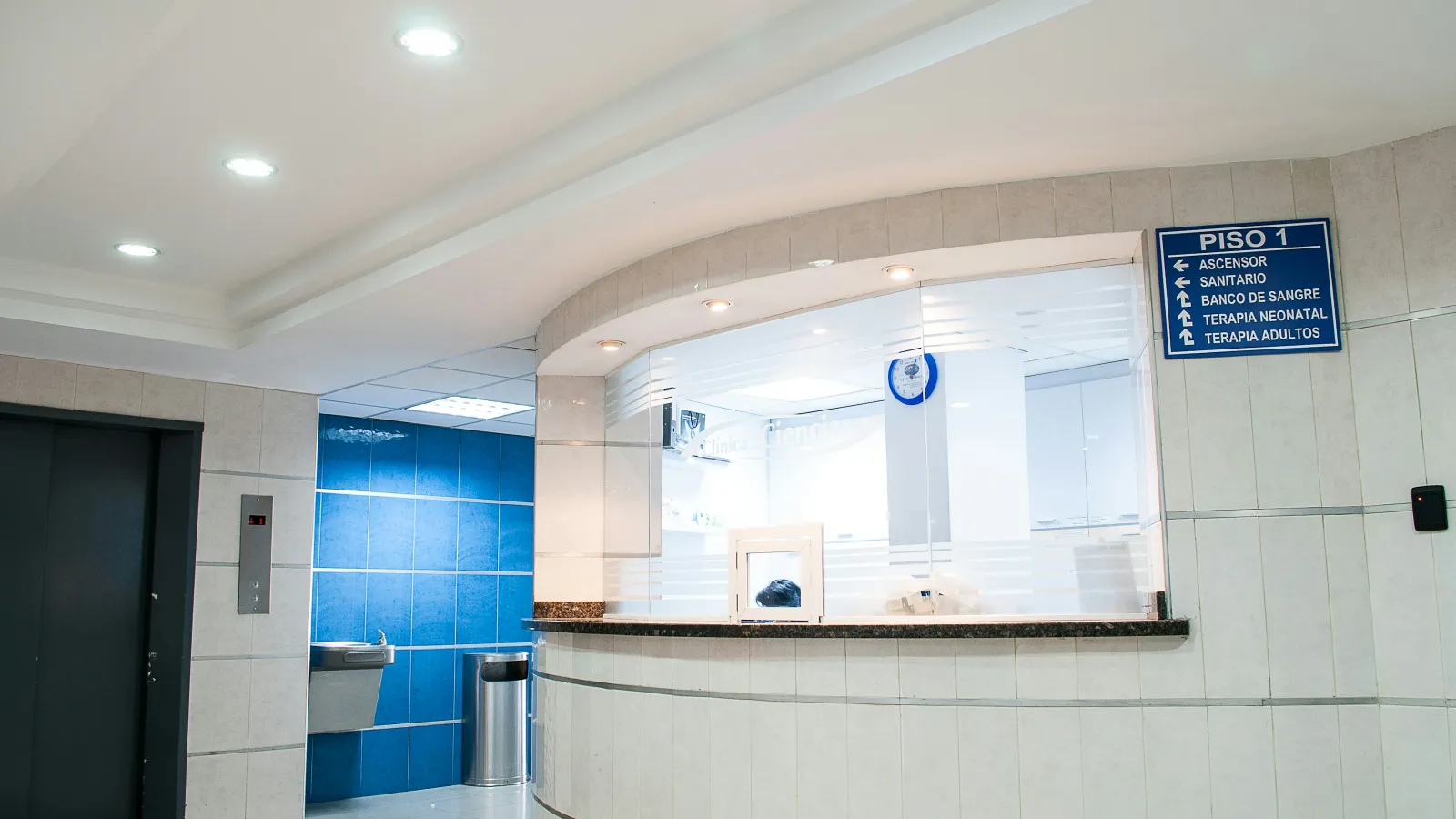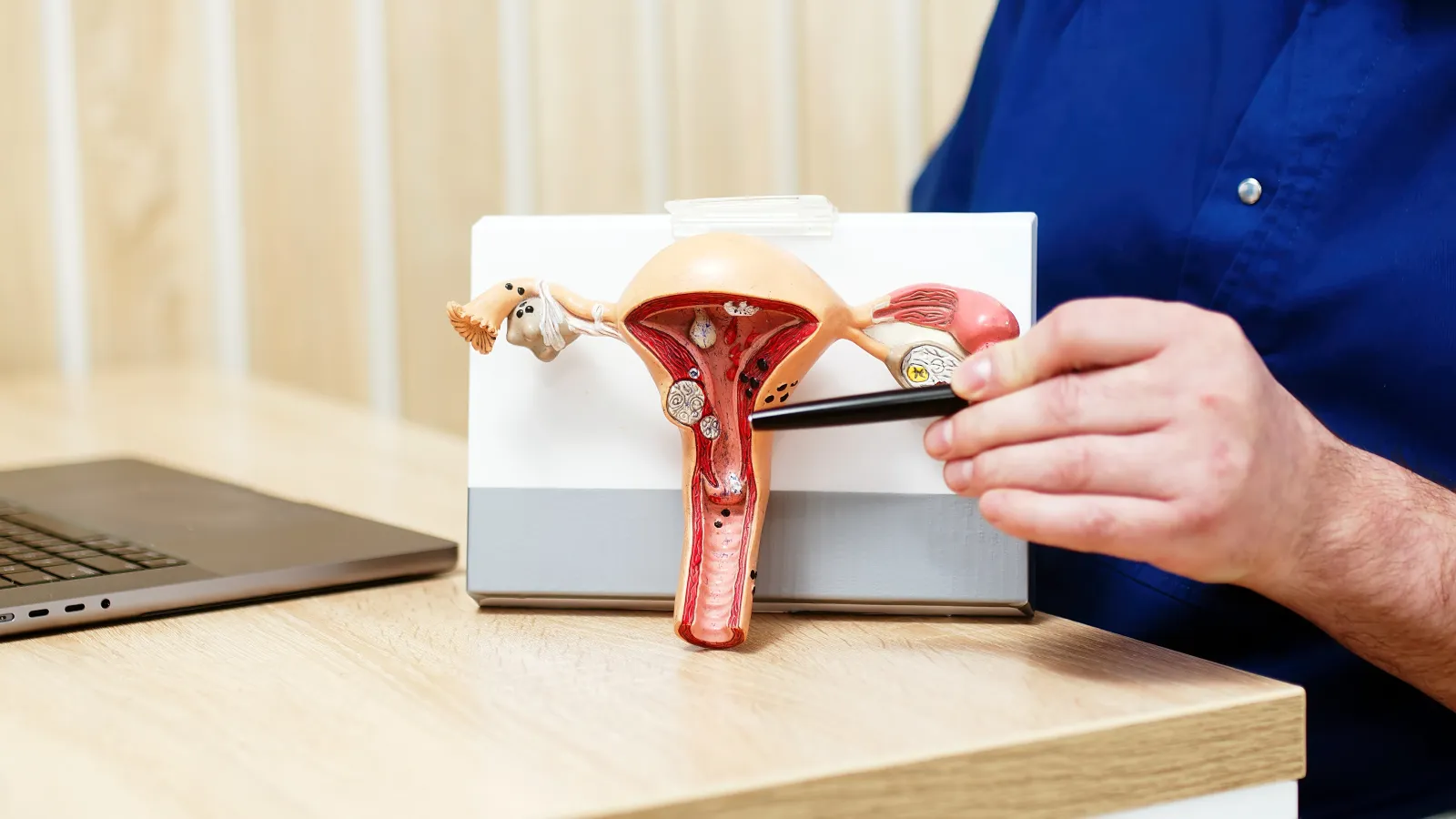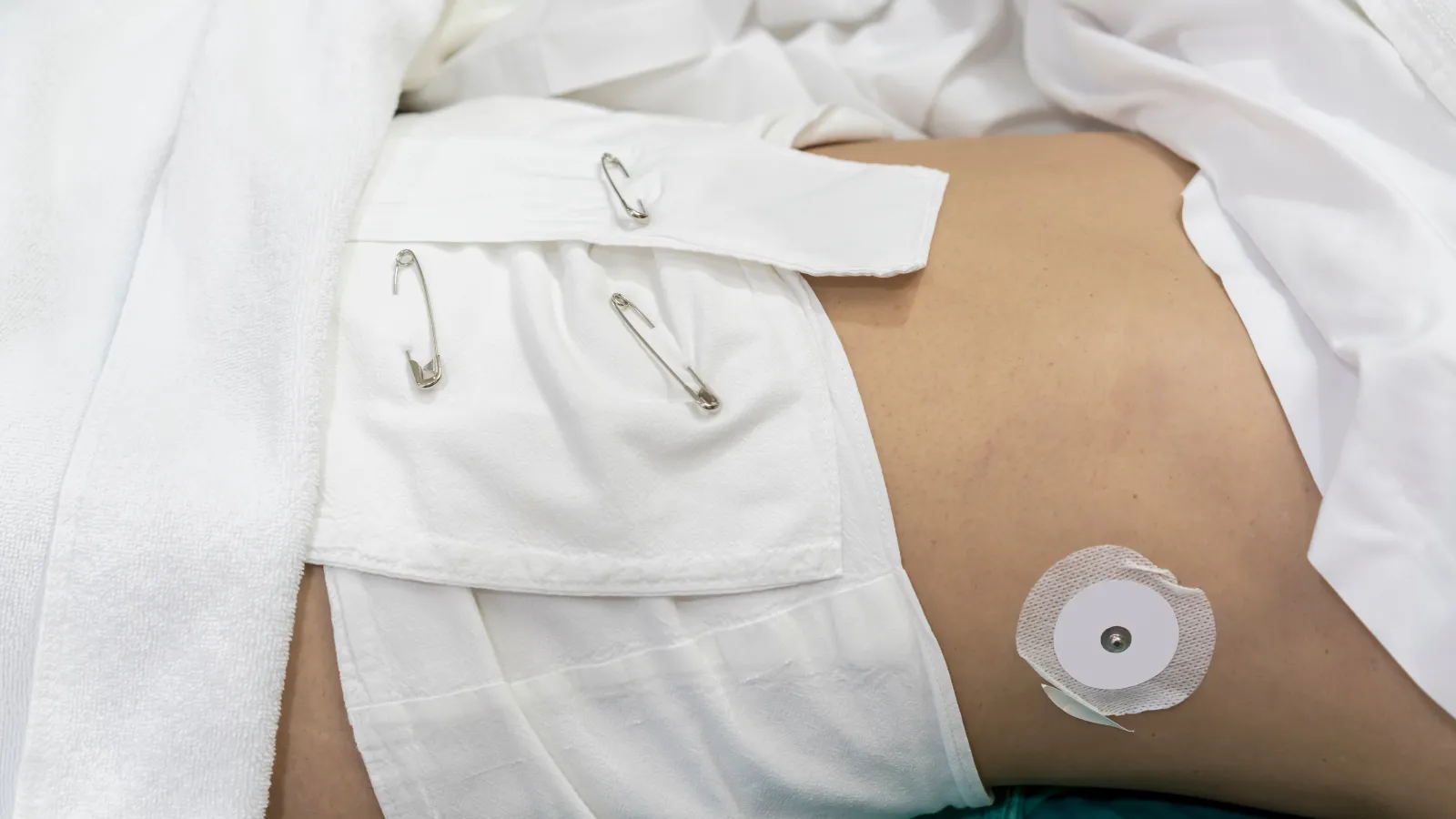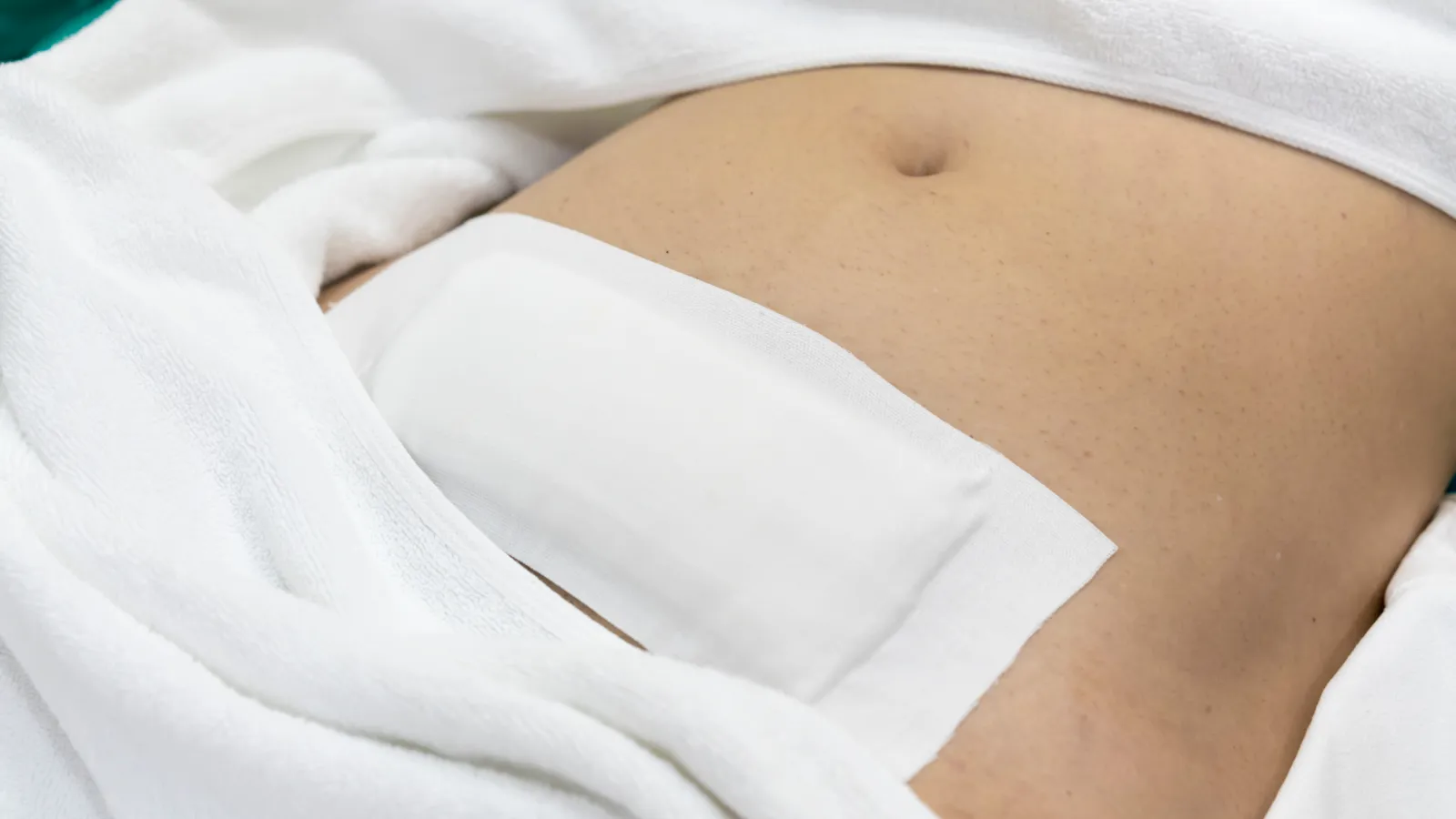Acessa – Uterine Fibroids
Is the Acessa Procedure the Right Choice for you?
How Advanced Gynecology Can Help
Is the Acessa Procedure the Right Choice for you?Acessa is a procedure for pre-menopausal women (typically younger than 55 years old) who are tired of living with ongoing pain caused by fibroids. This procedure is a minimally invasive option that allows women to keep their uterus and return to daily life quickly.
Our board-certified team of women's health experts are ready to help you with diagnostic care and a range of treatment options. We will counsel you about the best options for you and your health.

Schedule An Appointment Online
Results & Recovery
By The Numbers
- 82% of women had lighter periods
- 94% patient satisfaction rate
- Only 11% of patients required additional reintervention after the Acessa procedure.

Acessa Procedure vs Other Fibroid Procedures
Vs Myomectomy - Acessa is typically considered less invasive than a myomectomy, even a robotic myomectomy, because there is less blood loss during the procedure. There are less scars and less cutting and suturing of uterine tissue. Also, for patients with multiple, small fibroids, physicians often note that Acessa can be a more accurate procedure because it utilizes an ultrasound to find and target fibroids whereas with most myomectomies, the surgeon is only using his or her eyes. However, because a myomectomy removes the fibroids right away, patients with larger fibroids may experience quicker relief from bulking than with Acessa, which can take longer to shrink the fibroids.
Vs Hysteroscopic options (GEA, Hysteroscopic Myomectomy, Transcervial RFA) - Acessa is typically considered a more comprehensive treatment option for fibroids because the procedure is performed laparoscopically, through the stomach, vs through the cervix, which allows surgeons to target fibroids all around the uterus, however, hysteroscopic options can be quicker and comprehensive for patients with fibroids that are closer to or in the uterine cavity.
If the Fibroids Are Not Physically Removed,
How Does Acessa Work?
To summarize, Acessa works by heating the fibroid cells from the inside out, not by removing the fibroid. Cell tissues die when they reach a certain temperature. Acessa heats the fibroid tissue to the point that it dies. The dead fibroid tissue shrinks and shrivels but is not harmful. It gets absorbed by the body, just like any dead tissue cell.
